-
Healthcare and Medical Devices-
Healthcare Product Supply Chain and Logistics-
Barcoding and RFID for Medical Device Tracking
We provide comprehensive solutions designed to help our clients mitigate risks, enhance performance, and excel in key areas such as quality, health & safety, environmental sustainability, and social responsibility.
Discover
For many years, our organization has been operating successfully, boasting modern laboratories that meet international standards. These laboratories are equipped with the latest technology devices and equipment, and we have built a strong team of experienced and trained personnel to operate them.
DiscoverWelcome to Eurolab, your partner in pioneering solutions that encompass every facet of life. We are committed to delivering comprehensive Assurance, Testing, Inspection, and Certification services, empowering our global clientele with the ultimate confidence in their products and processes.
Discover-
Healthcare and Medical Devices-
Healthcare Product Supply Chain and Logistics-
Barcoding and RFID for Medical Device TrackingThe Importance of Accurate Medical Device Tracking: Barcoding and RFID
Accurate tracking and management of medical devices are critical to ensuring patient safety and efficient hospital operations. With thousands of medical devices used daily in healthcare settings, manual tracking methods can be time-consuming, prone to errors, and lead to equipment misplacement or loss. To address these challenges, hospitals and healthcare facilities have increasingly adopted barcoding and RFID (Radio Frequency Identification) technologies for medical device tracking.
Benefits of Barcoding and RFID
Barcoding and RFID offer numerous benefits over traditional manual tracking methods:
Improved Accuracy: Automated tracking systems reduce the likelihood of human error, ensuring that equipment is accurately accounted for and located.
Increased Efficiency: Quick scanning and tracking allow staff to focus on patient care rather than manual record-keeping.
Reduced Equipment Loss: Barcoding and RFID enable rapid identification of misplaced or lost equipment, reducing downtime and costs associated with replacement.
Enhanced Patient Safety: Accurate tracking ensures that medical devices are available when needed, minimizing the risk of equipment-related errors.
How Barcoding Works
Barcoding involves attaching a barcode label to each device, which is then scanned using a barcode reader. The scanner decodes the barcode and matches it with the associated device information in a database:
Barcode Labeling: Medical devices are labeled with unique barcode identifiers.
Scanning and Verification: Staff scan barcodes as they move equipment from one location to another, verifying that each device is accounted for.
Database Update: Scanned data updates the inventory management system in real-time.
RFID Technology: A More Advanced Solution
RFID offers a more advanced solution by using tiny radio transceivers (tags) embedded in medical devices. These tags transmit unique identifiers to an RFID reader, which communicates with the database:
Tag Placement: Small RFID tags are attached to medical devices.
Reader Functionality: An RFID reader is placed near equipment storage areas or transportation routes.
Data Transmission: When a tag comes within range of the reader, it transmits its unique identifier and associated data.
Database Update: Reader data updates the inventory management system in real-time.
Challenges and Limitations
While barcoding and RFID offer significant benefits, challenges and limitations must be considered:
Cost: Initial investment costs for equipment and infrastructure can be substantial.
Training: Staff may require training to use new systems effectively.
Technical Issues: Technical issues with devices or software can impact system reliability.
Integration: Integration with existing inventory management systems and IT infrastructure may present challenges.
Implementation Considerations
Hospitals and healthcare facilities should consider the following when implementing barcoding or RFID:
Assess Current Systems: Evaluate current tracking methods and identify areas for improvement.
Develop a Plan: Create a comprehensive plan, including budget allocation and training schedules.
Choose the Right Technology: Select the most suitable technology (barcoding or RFID) based on specific needs and constraints.
Secure Support: Ensure ongoing support from vendors or internal IT teams.
QA: Additional Details
1. What are the main differences between barcoding and RFID?
Barcoding involves scanning a physical barcode label attached to each device, while RFID uses tiny radio transceivers embedded in devices that transmit unique identifiers to an RFID reader.
2. Can I use both barcoding and RFID together?
Yes, many hospitals implement hybrid systems using both technologies for different types of equipment or in specific areas where one technology is more suitable than the other.
3. How do I choose between barcoding and RFID?
Consider factors such as device type (e.g., implantable devices may be better suited to RFID), location (e.g., storage areas vs. transportation routes), and system integration with existing inventory management systems.
4. Will I need to replace all my equipment for barcoding or RFID to work?
No, many devices can be retrofitted with labels or tags as needed. However, new devices are often shipped with these technologies integrated from the manufacturer.
5. Are there specific standards for medical device tracking using barcoding and RFID?
Yes, several organizations (e.g., FDA, ASTM) have developed guidelines and standards for medical device tracking, including recommendations for labeling, data storage, and system integration.
6. Can I use mobile devices to scan or track equipment?
Yes, many barcode scanners and RFID readers can be integrated with mobile devices (smartphones or tablets), allowing staff to track equipment on the move.
7. How often do I need to update my inventory management system after implementing barcoding or RFID?
Regular updates are crucial to ensure accuracy and effectiveness. Most systems allow for real-time data transmission, enabling timely identification of any discrepancies or issues.
8. Can I integrate barcoding or RFID with other hospital systems (e.g., EMRs)?
Yes, many vendors offer integration options with popular electronic medical record (EMR) systems and inventory management software to streamline tracking and reduce manual entry.
9. Are there security concerns associated with using RFID?
As with any technology, ensuring secure data transmission and storage is crucial when implementing RFID. Consider implementing encryption, access controls, and strict data handling procedures.
10. What are the long-term benefits of investing in barcoding or RFID for medical device tracking?
By reducing equipment misplacement, improving inventory management, and enhancing patient safety, these technologies can lead to significant cost savings, reduced liability, and improved hospital efficiency over time.

Pharmaceutical Compliance
Pharmaceutical compliance refers to the adherence of pharmaceutical companies and organizations to l...
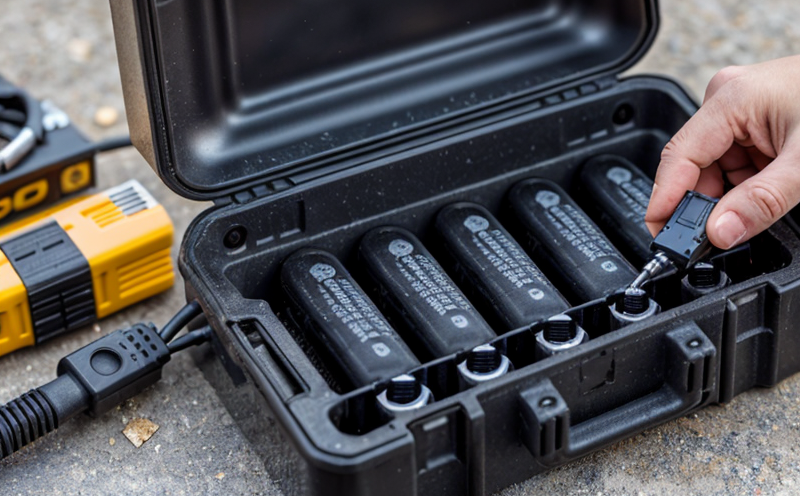
Battery Testing and Safety
Battery Testing and Safety: A Comprehensive Guide As technology continues to advance, battery-power...
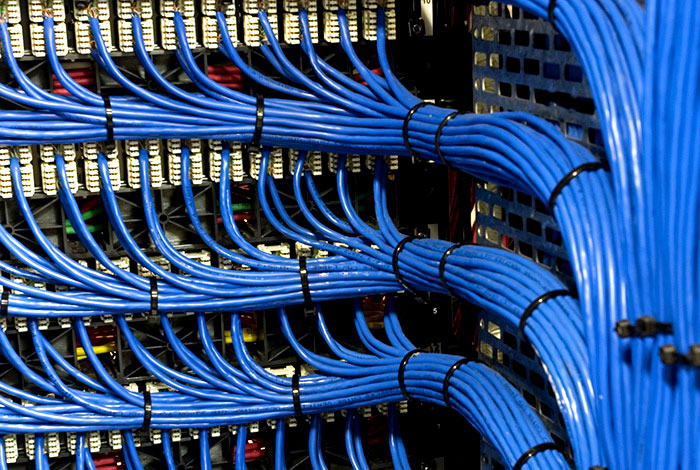
NEBS and Telecommunication Standards
Network Equipment Building System (NEBS) and Telecommunication Standards The Network Equipment Bu...

Fire Safety and Prevention Standards
Fire Safety and Prevention Standards: Protecting Lives and Property Fire safety and prevention stan...
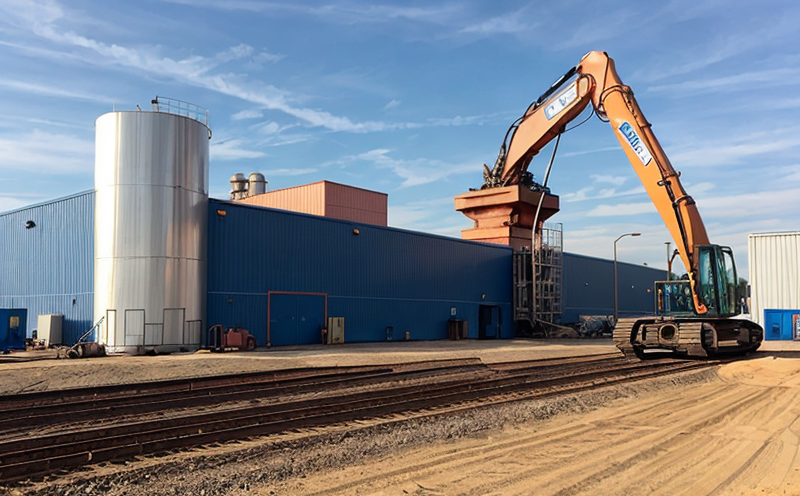
Industrial Equipment Certification
Industrial equipment certification is a critical process that ensures industrial equipment meets spe...
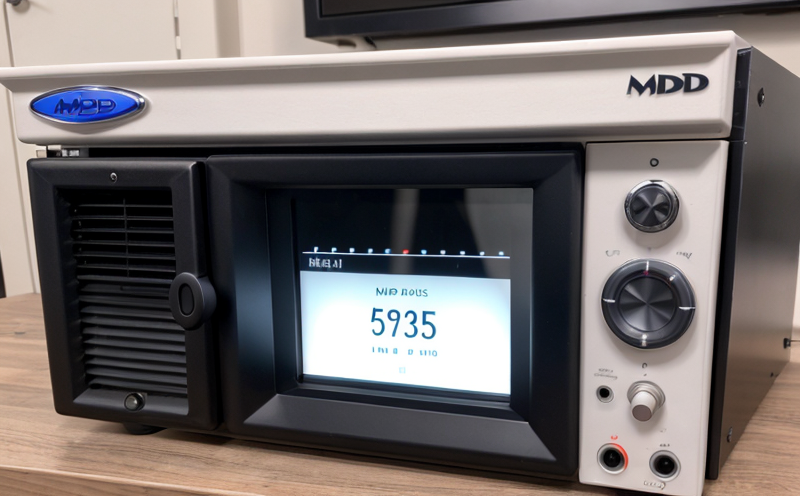
MDR Testing and Compliance
MDR Testing and Compliance: A Comprehensive Guide The Medical Device Regulation (MDR) is a comprehe...
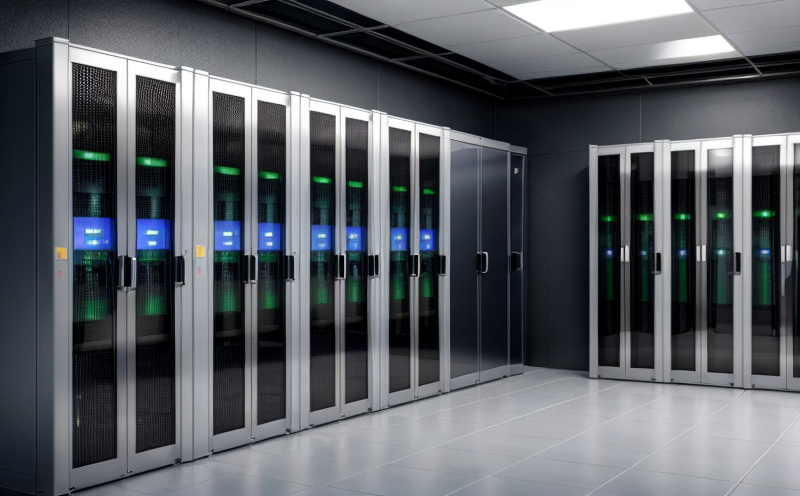
IT and Data Center Certification
IT and Data Center Certification: Understanding the Importance and Benefits The field of Informatio...
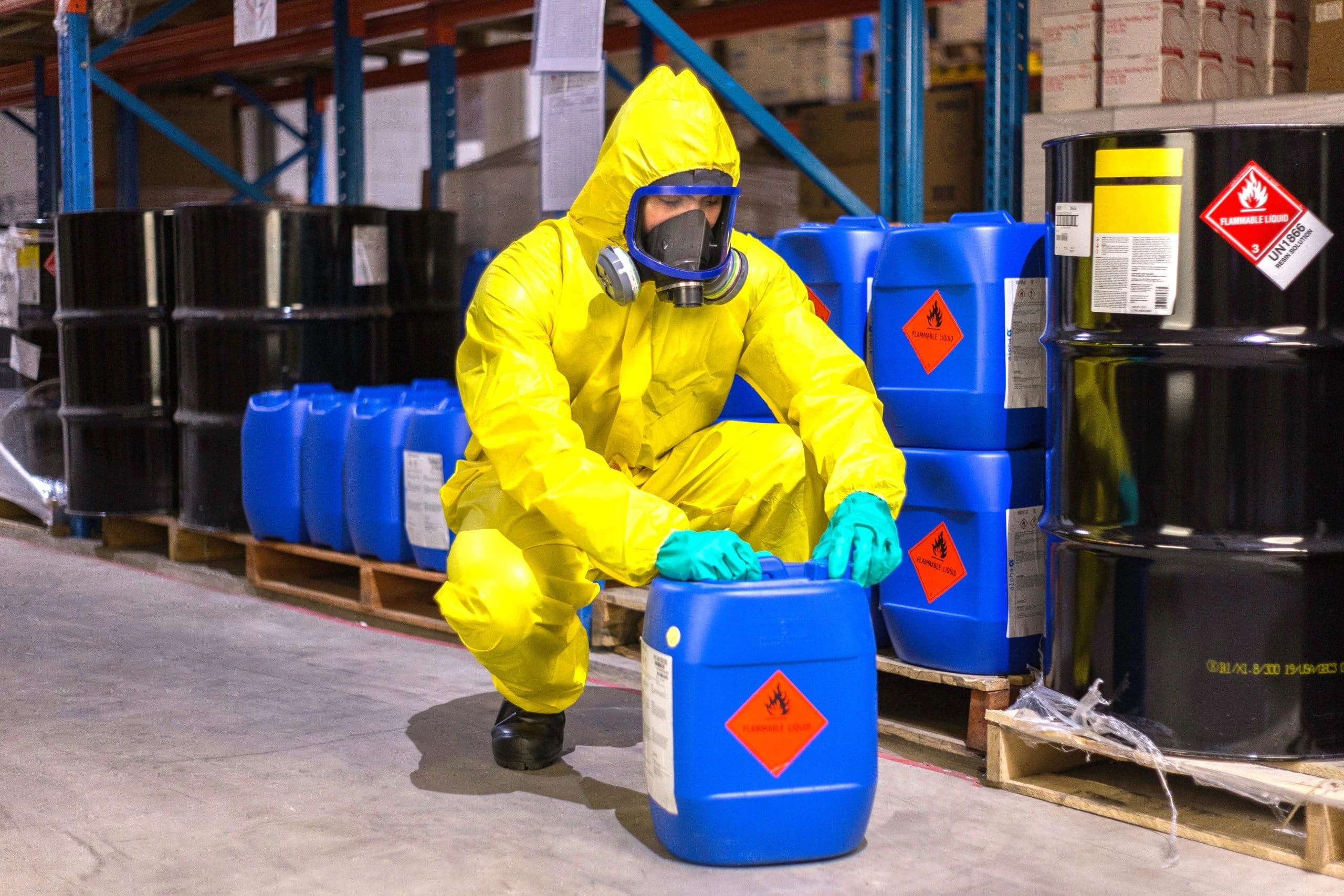
Chemical Safety and Certification
Chemical safety and certification are critical in ensuring the safe management of products and proce...

Trade and Government Regulations
Trade and government regulations play a vital role in shaping the global economy. These regulations ...
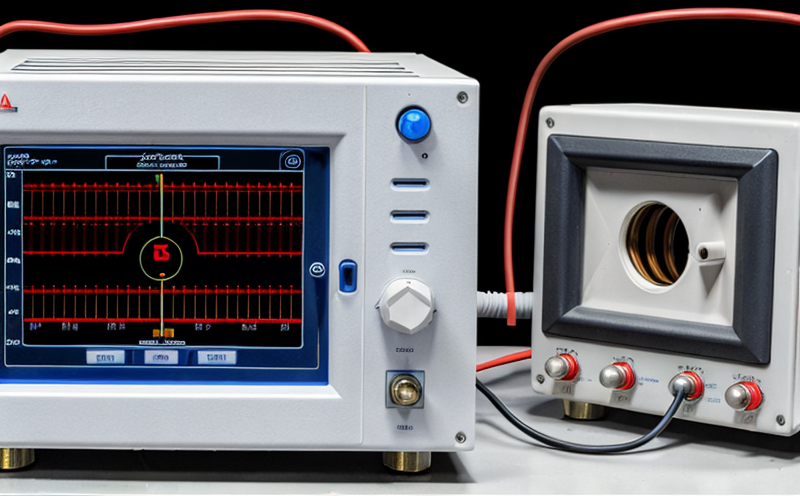
Electrical and Electromagnetic Testing
Electrical and Electromagnetic Testing: A Comprehensive Guide Introduction Electrical and electrom...

Agricultural Equipment Certification
Agricultural equipment certification is a process that ensures agricultural machinery meets specific...

Aviation and Aerospace Testing
Aviation and Aerospace Testing: Ensuring Safety and Efficiency The aviation and aerospace industr...
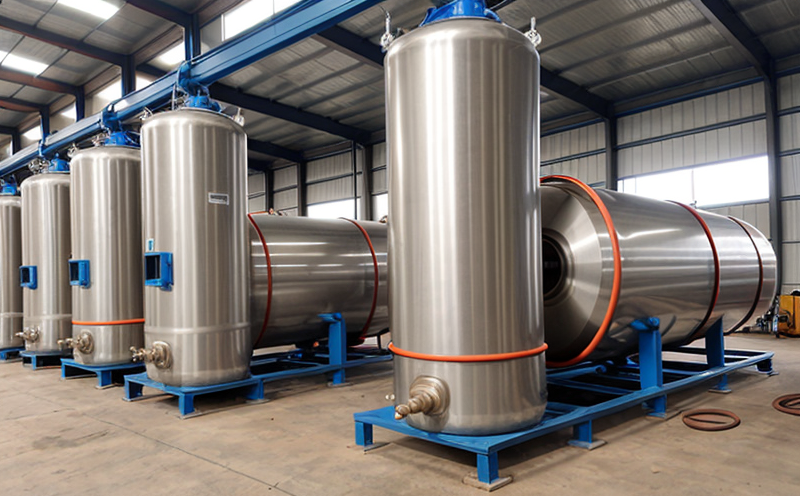
Pressure Vessels and Installations Testing
Pressure Vessels and Installations Testing Pressure vessels are a critical component of various ind...

Environmental Impact Assessment
Environmental Impact Assessment: A Comprehensive Guide Environmental Impact Assessment (EIA) is a c...

Energy and Sustainability Standards
In today’s rapidly evolving world, businesses face increasing pressure to meet global energy a...

Hospitality and Tourism Certification
Hospitality and Tourism Certification: Unlocking Opportunities in the Industry The hospitality and ...

Transportation and Logistics Certification
Transportation and Logistics Certification: A Comprehensive Guide The transportation and logistics ...

Consumer Product Safety
Consumer Product Safety: Protecting Consumers from Harmful Products As a consumer, you have the rig...

Lighting and Optical Device Testing
Lighting and Optical Device Testing: Ensuring Performance and Safety Lighting and optical devices a...

Railway Industry Compliance
Railway Industry Compliance: Ensuring Safety and Efficiency The railway industry is a critical comp...

Construction and Engineering Compliance
Construction and Engineering Compliance: Ensuring Safety, Quality, and Regulatory Adherence In the ...

Cosmetic Product Testing
The Complex World of Cosmetic Product Testing The cosmetics industry is a multi-billion-dollar ma...

Automotive Compliance and Certification
Automotive Compliance and Certification: Ensuring Safety and Efficiency The automotive industry is ...

Renewable Energy Testing and Standards
Renewable Energy Testing and Standards: Ensuring a Sustainable Future The world is rapidly transiti...

Food Safety and Testing
Food Safety and Testing: Ensuring the Quality of Our Food As consumers, we expect our food to be sa...

Electromechanical Safety Certification
Electromechanical Safety Certification: Ensuring Compliance and Protecting Lives In todays intercon...
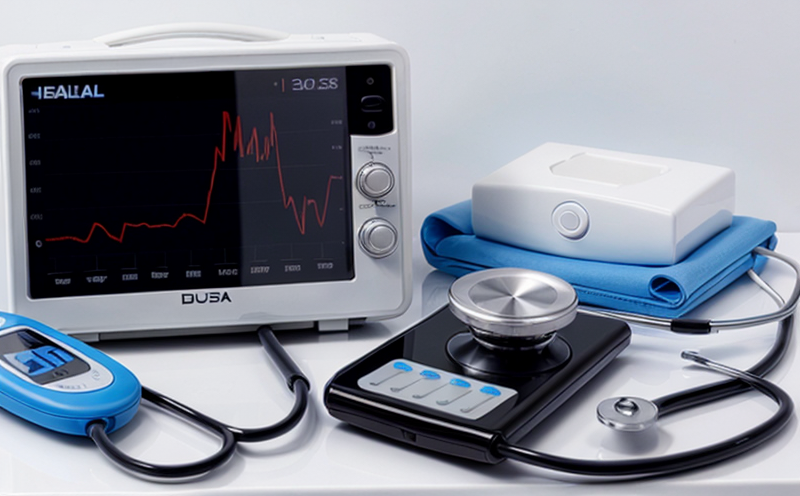
Healthcare and Medical Devices
The Evolution of Healthcare and Medical Devices: Trends, Innovations, and Challenges The healthcare...

Product and Retail Standards
Product and Retail Standards: Ensuring Quality and Safety for Consumers In todays competitive marke...

Environmental Simulation Testing
Environmental Simulation Testing: A Comprehensive Guide In todays world, where technology is rapidl...

Military Equipment Standards
Military Equipment Standards: Ensuring Effectiveness and Safety The use of military equipment is a ...